Learn which soap molds will give your handmade bars a clean, professional look—without the sticking, warping, or waste. Whether you’re a beginner or a seasoned soapmaker, this guide helps you choose the perfect mold for every batch.
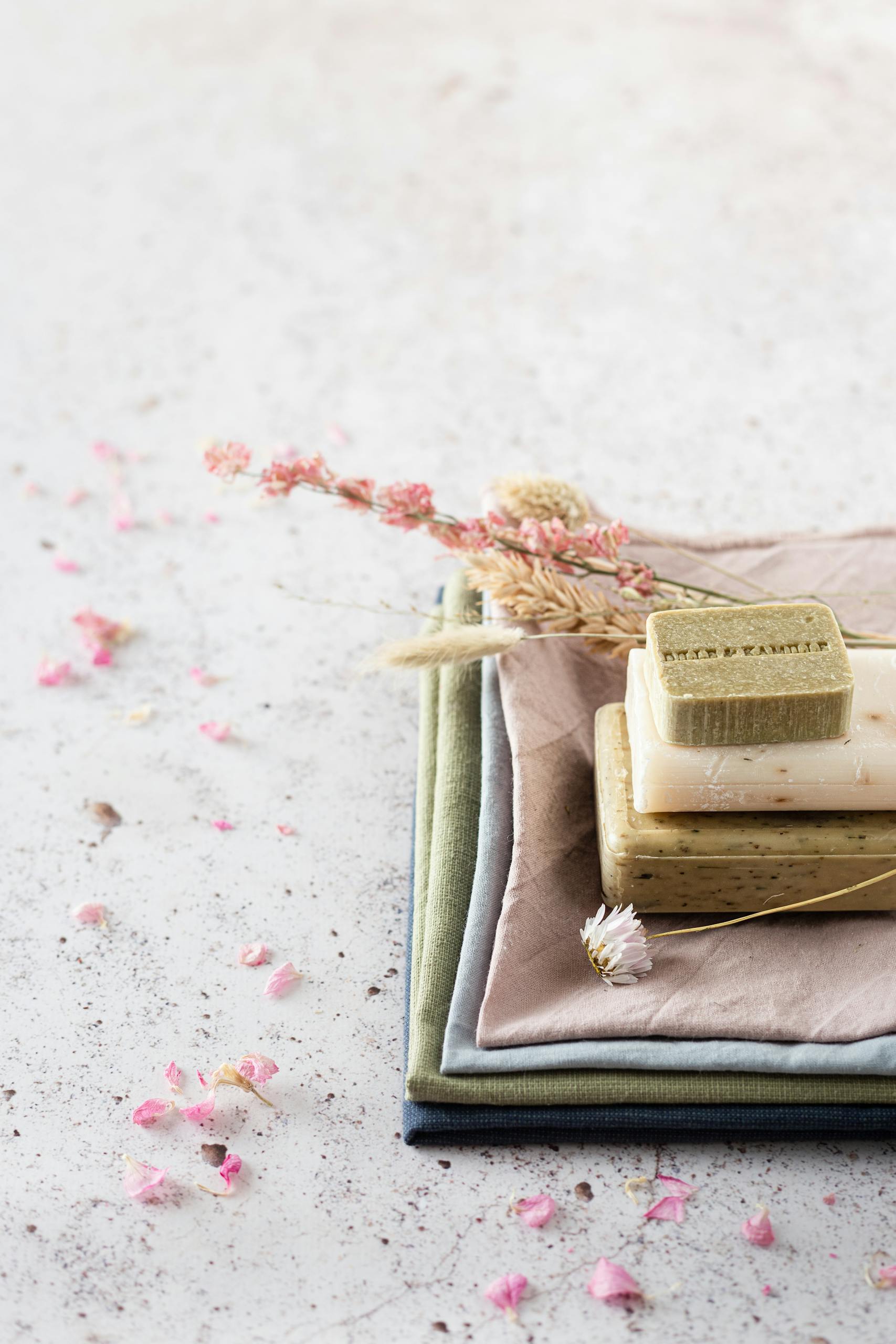
Choosing the right soap mold can take your homemade soaps from good to gorgeous. Whether you’re making cold-process soaps, melt-and-pour bars, or even lotion bars and bath bombs, the type of mold you use affects the final look, ease of use, and even curing time.
If you’ve ever struggled with soda ash, soaps sticking, or uneven shapes, you’re not alone. I’ve tested wooden soap molds, silicone liners, plastic molds, and even cardboard boxes—and each kind has its pros and cons.
This post breaks down the best soap molds by material, batch size, and budget to help you find your perfect fit. Whether you’re just getting started or looking to take your soapmaking to the next level, there’s a mold for that.
In a hurry? Pin it for later!
This post may contain affiliate links. Please read our disclosure policy.
Why Your Soap Mold Matters
Soap molds do more than shape your soap bar—they impact:
- Ease of use (especially with soft oils)
- Insulation and gel phase success
- Release quality (no tearing or sticking)
- Whether you need freezer paper, wax paper, or plastic wrap
- Batch size and bar size consistency
Choosing a great mold saves time and waste—and creates those professional-looking soaps that make a lasting impression.
Wooden Soap Molds (Traditional & Customizable)
Wood molds are a classic choice for cold-process soaps. They retain heat well, helping encourage a complete gel phase. If you’re making large batches of soap with olive oil, coconut oil, or shea butter, these molds offer structure and stability.
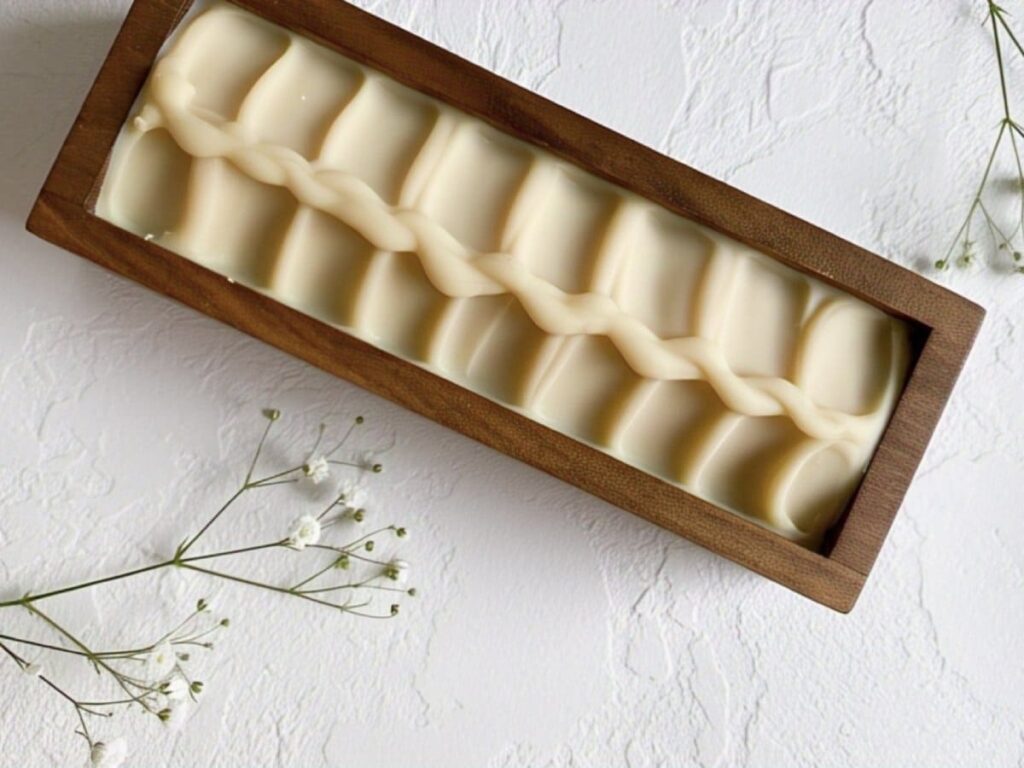
They do require lining (hello, freezer paper, wax paper, or parchment paper), and if you don’t line them well, your soap may stick or develop rough edges.
Best for: Cold process, small to large batches, rustic or square-cut look.
Optional upgrades: Wooden lids to trap heat, wood loaf molds with end screws, HDPE or wood box with inserts.
This mold is great wooden mold with a silicone liner. It’s perfect for beginners. I have quite a few of these. They last a long time. They are easy to clean and are budget friendly. I also love this mold for my tall skinny bars. It allows you to do more layers and creative designs. I also hear from a lot of customers that the slender shape fits well into their hands.
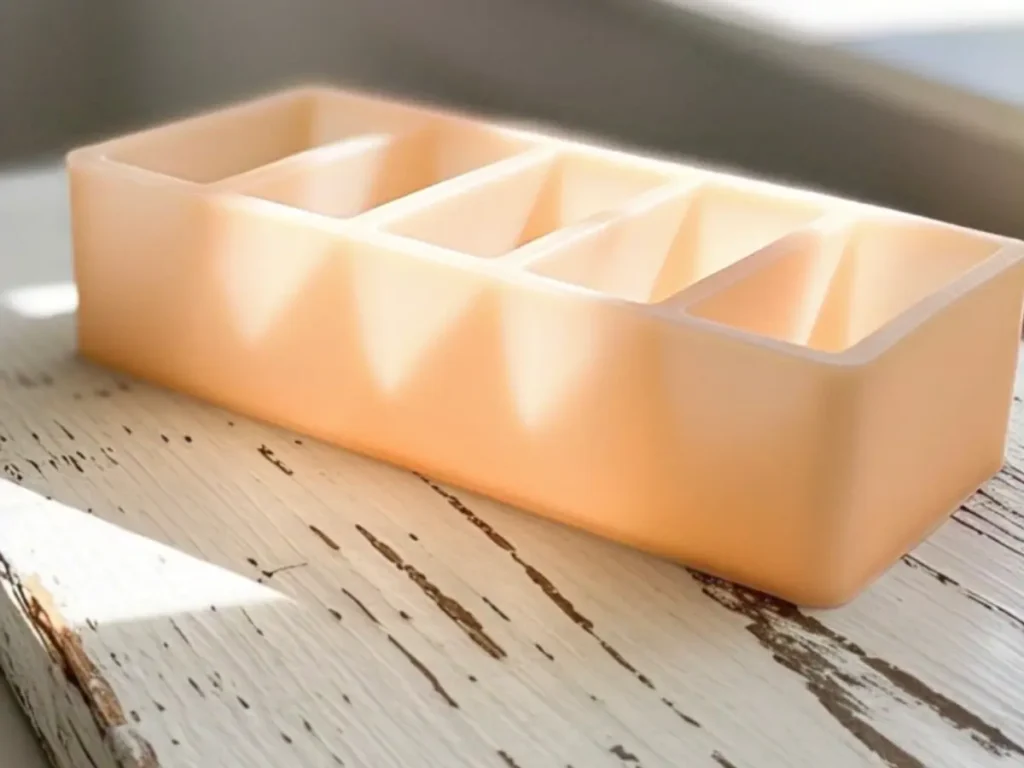
Silicone Soap Molds (Beginner-Friendly & Fuss-Free)
If you want ease of use, silicone soap molds are the way to go. They’re flexible, require no lining, and work well for cold process, melt and pour, and even lotion bars or candy molds. Be sure to look for thick silicone loaf molds, not liners. The liners will bow in the middle, spilling soap everywhere. Ask me how I know. You want nice thick walls that can stand alone once filled. There are also some gorgeous decorative molds. If you’re like me, you’ll find way too many you like. You can also use silicone fondant mats (how cute is this sweater knit design?) and candy-making molds. These dinosaur candy molds would get my kids excited for bath time, which is always a win in our house. They also make great embellishments on your bar soaps. The possibilities are endless…and dangerous for us craft lovers.
They’re especially great for small batches, intricate designs, and testing a new soap recipe. I find these individual tray molds are excellent for this as well. They too also come in many different shapes and designs.
Pros: No lining needed, great for unique soap molds with spiral designs or fancy shapes, easy cleanup and heat resistant (some to 450°F+).
Watch out for: Can be too flexible—use a tray underneath for support; slower to gel and may trap air bubbles.
Bonus Mold Ideas from the Homestead
If you’re wanting to try soapmaking and don’t want to invest with a mold, you can absolutely use the following items that you probably already have around your house.
- Silicone muffin cups = Round bars
- Milk carton = Rectangle loaf (no lining required, peel off when finished–a great way to repurpose those milk cartons)
- Silicone ice cube tray = Sample sizes or small bars
- PVC pipe or Pringles can = Round swirl designs – line with freezer paper. Don’t forget to cover the ends!
- Plastic bag in a cardboard box = DIY slab mold
Just make sure your containers are heat-resistant and won’t react with fragrance oils, essential oils, or high temperatures.
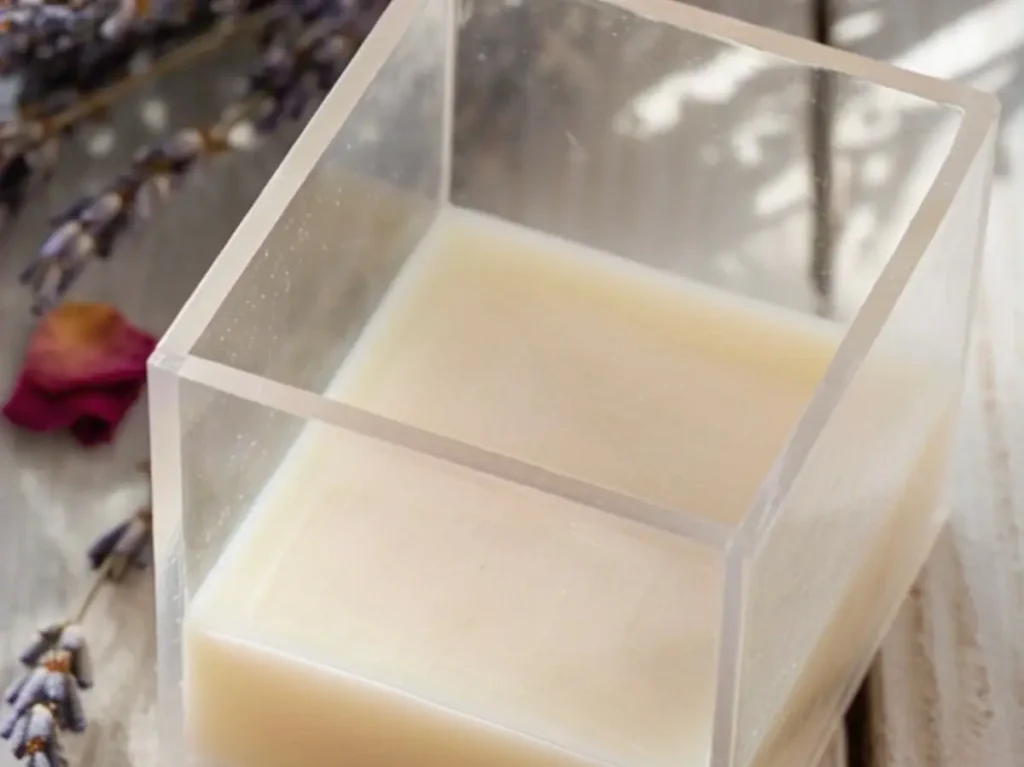
Plastic and Acrylic Soap Molds
Plastic soap molds are affordable and great for beginners, especially those making melt-and-pour (MP soap) or small batches of cold process soap with simple designs.
Acrylic molds are ideal for serious soapmakers who want sharp edges, professional-looking soaps, and batch consistency—but they do come with an extra cost and a learning curve.
Pros: Plastic molds are budget-friendly and come in many unique cavity shapes. Acrylic molds are durable and create smooth bars.
Watch out for: Plastic molds can warp under high heat; soaps may stick without mineral oil, plastic wrap, or a water discount. Acrylic molds often require lining. I loved the idea that they were clear and I could see my soap through it, but I personally have found it to be very difficult to release cold-process soap from these molds and would highly recommend lining them. I like freezer paper for this. I personally found them difficult to work with. They may be better with melt-and-pour soaps. I have yet to try it, so I can’t speak to this. I’ve put links to my favorites here.
How to Choose the Perfect Soap Mold for You
When selecting the best mold, ask yourself:
- How many pounds of oils are in my recipe?
- Do I want individual molds or sliceable loaves?
- Am I prioritizing ease of use, bar size, or intricate designs?
- Do I want to reuse kitchen molds or go all-in on a wooden mold?
Soap Mold Comparison Table
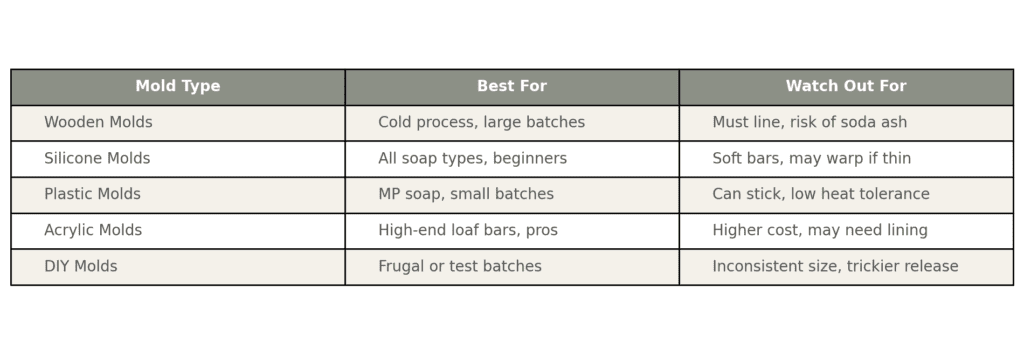
Wooden Molds – Best for cold process, large batches – Must line, risk of soda ash
Silicone Molds – Best for all soap types, beginners – Soft bars, may warp if thin
Plastic Molds – Best for MP soap, small batches – Can stick, low heat tolerance
Acrylic Molds – Best for high-end loaf bars, pros – Higher cost, may need lining
DIY Molds – Best for frugal or test batches – Inconsistent size, trickier release
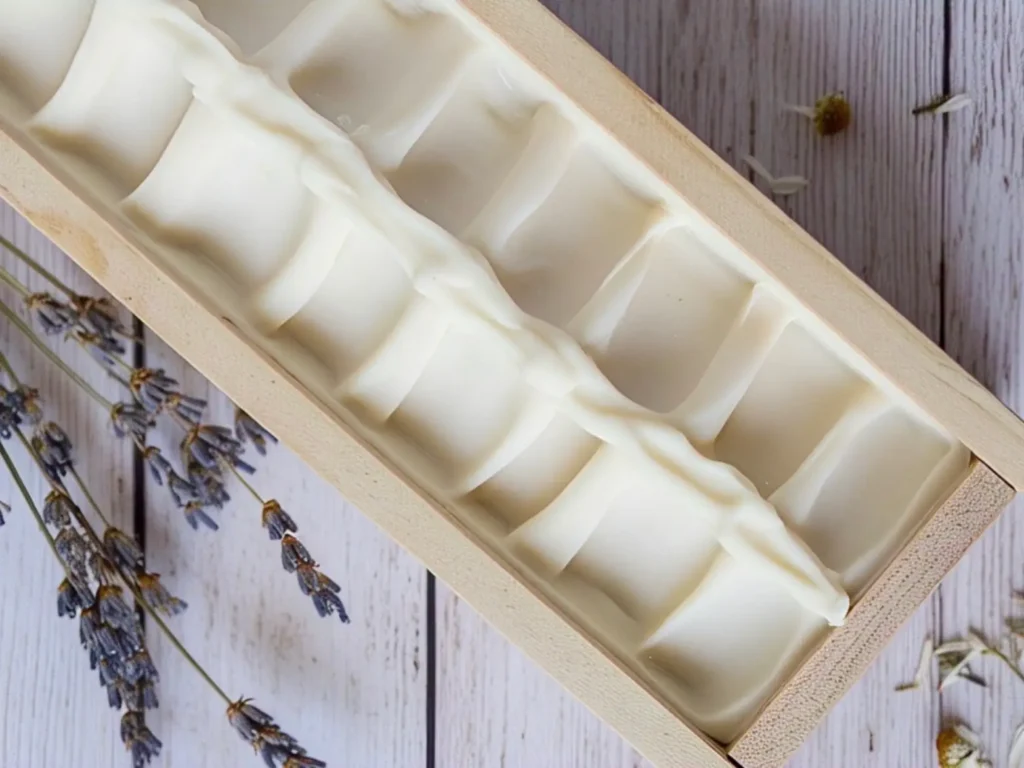
The right mold makes all the difference.
FAQs
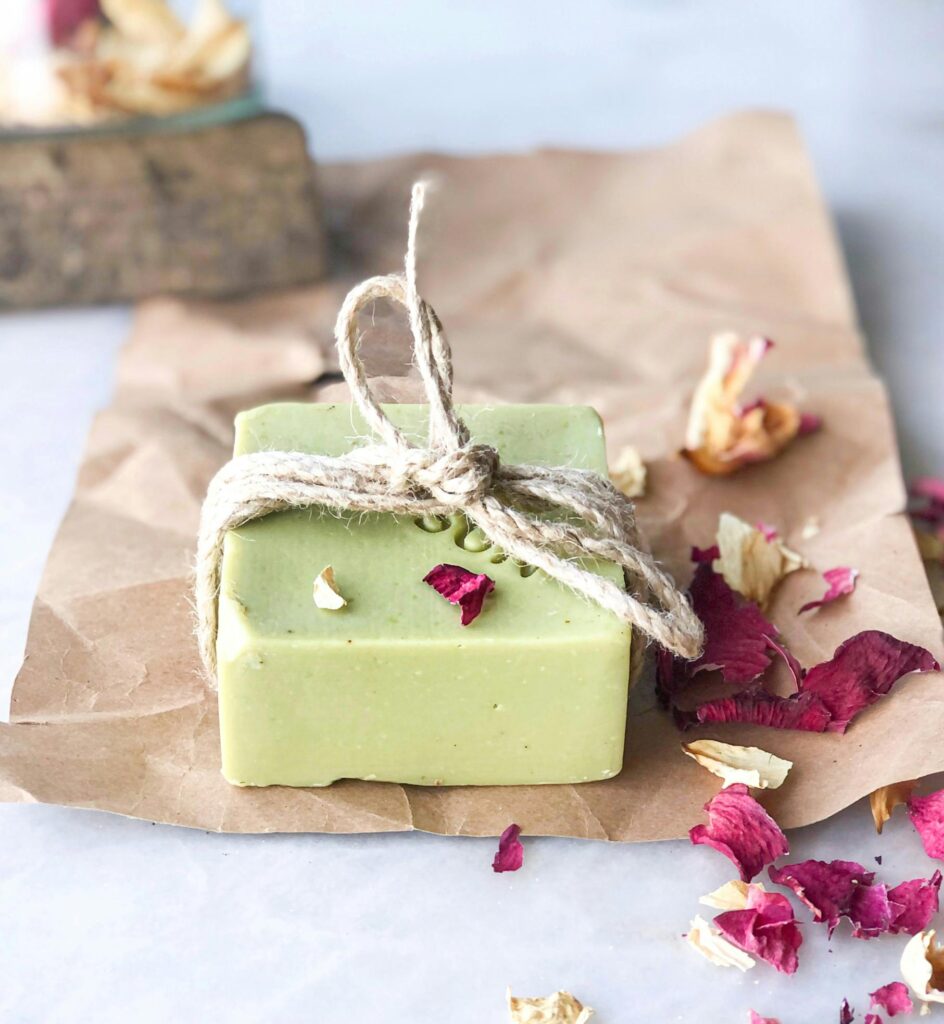
Final Thoughts + My Favorite Molds
There’s no single “perfect soap mold”—the best one is the one that fits your style, your recipes, and your level of experience.
If you’re new, start with a silicone mold. If you’re scaling up, a wood mold with a silicone liner is a great way to go.
Hands down is this tall skinny mold. If you’re a beginner, you probably will not want this 5lb loaf, but a tall skinny silicone mold produces clean, crisp bars that are very popular with my customers. I would warn against getting a tall, skinny mold without a wood outer box for support based on my experiences. For me, it bowed out at the top a bit and the final result sort of fanned out at the top–not the sleek rectangle I was looking for.
I also love a slab mold with greater surface area to “play” with swirls and embellishments.
More Soapmaking Tutorials From the Homestead
- Coffee Goat Milk Cold Process Soap Recipe (Easy)
- How to Make Nourishing Milk Soap
- The Ultimate Guide to Hot Process Soap Making (With Foolproof Tips!)
- Beginner’s Guide to Soap Making: Step-by-Step Tips
I hope this helped you feel more confident about choosing the right mold for your next batch.
If you found this helpful, here’s what you can do next:
- Grab the FREE Soapmaking Starter Kit printable!
- Join my Email List for tips, tutorials, and handmade soap goodness every week (No spam. Just helpful soapmaking tips from Soapmaker’s Homestead.)
- Have a favorite mold? Drop it in the comments—I’d love to hear what works for you!
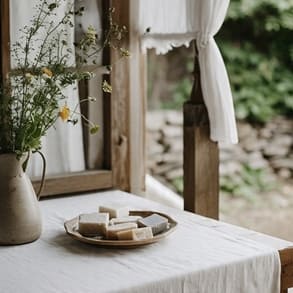
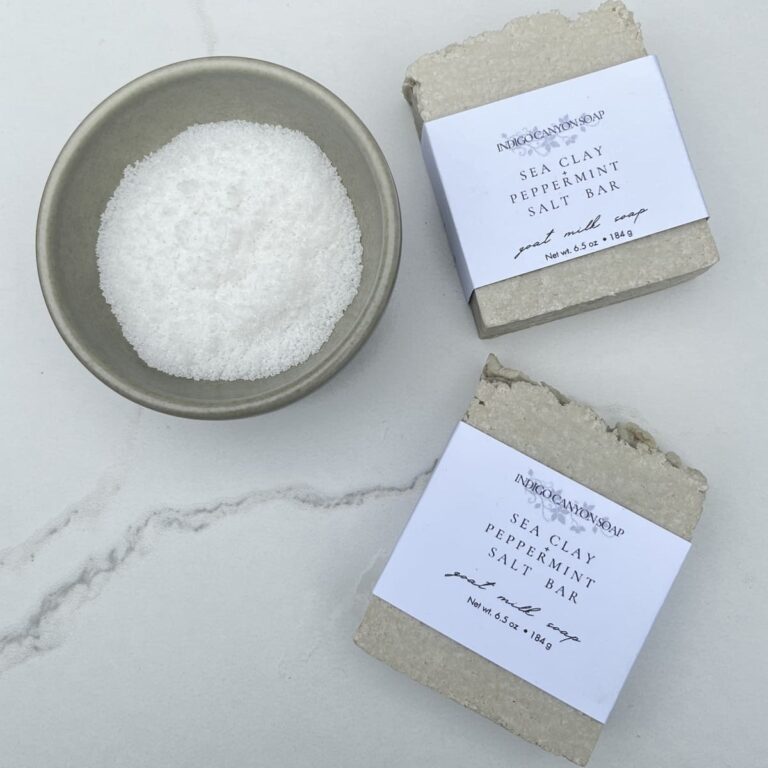

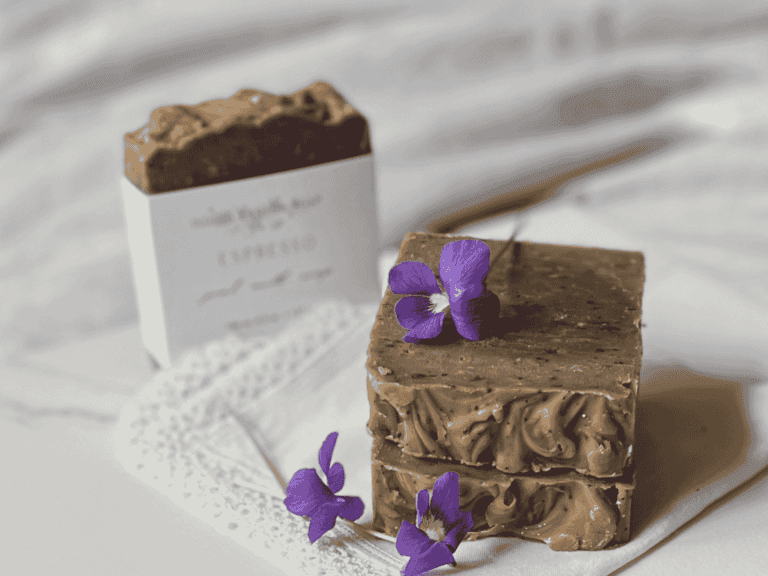
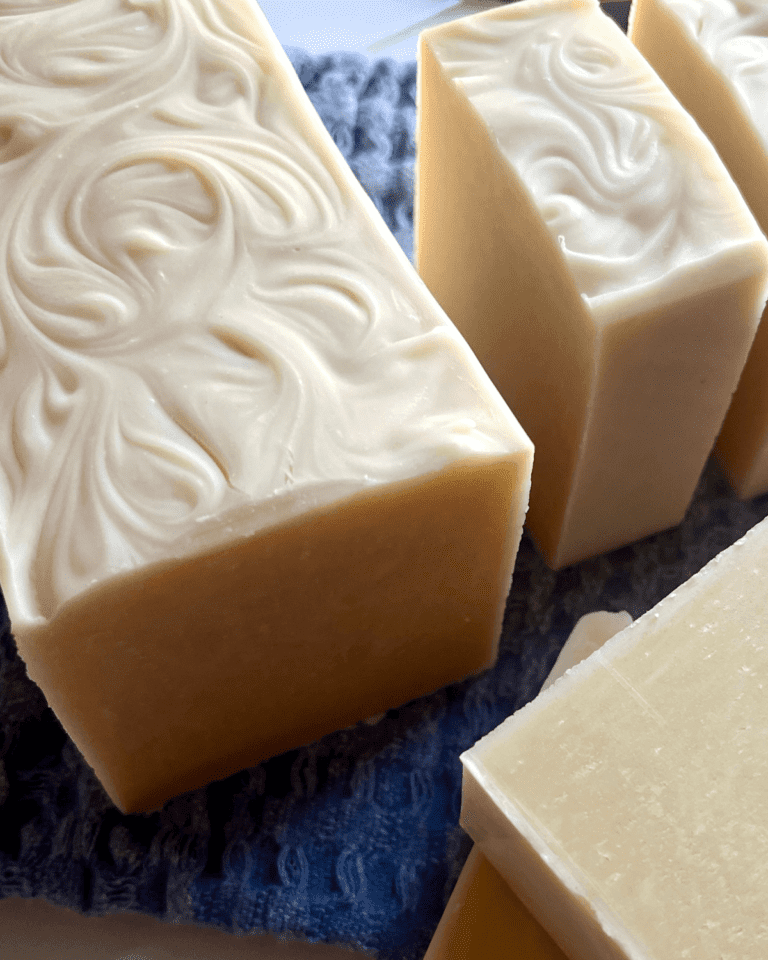
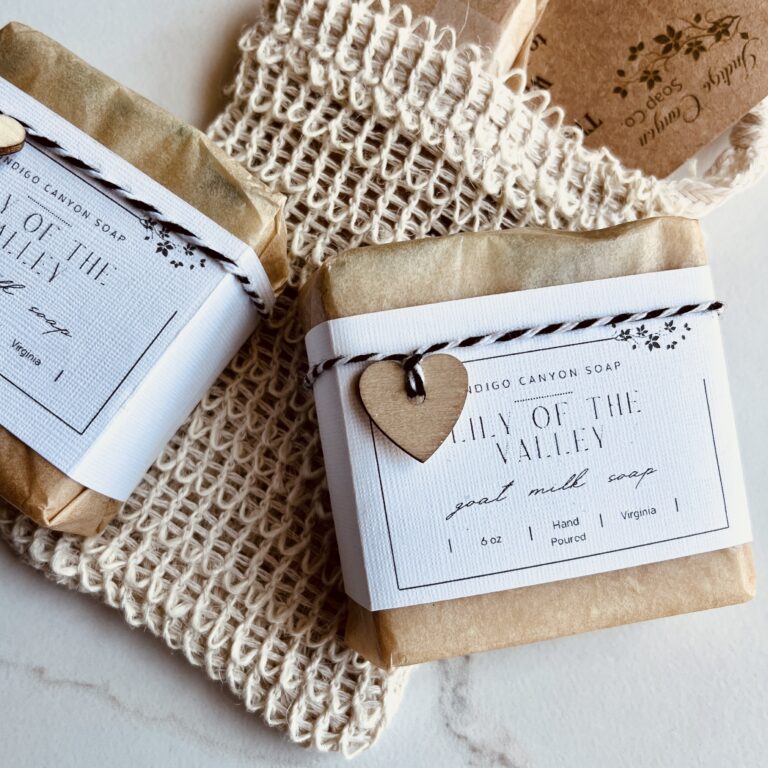
Leave a Reply